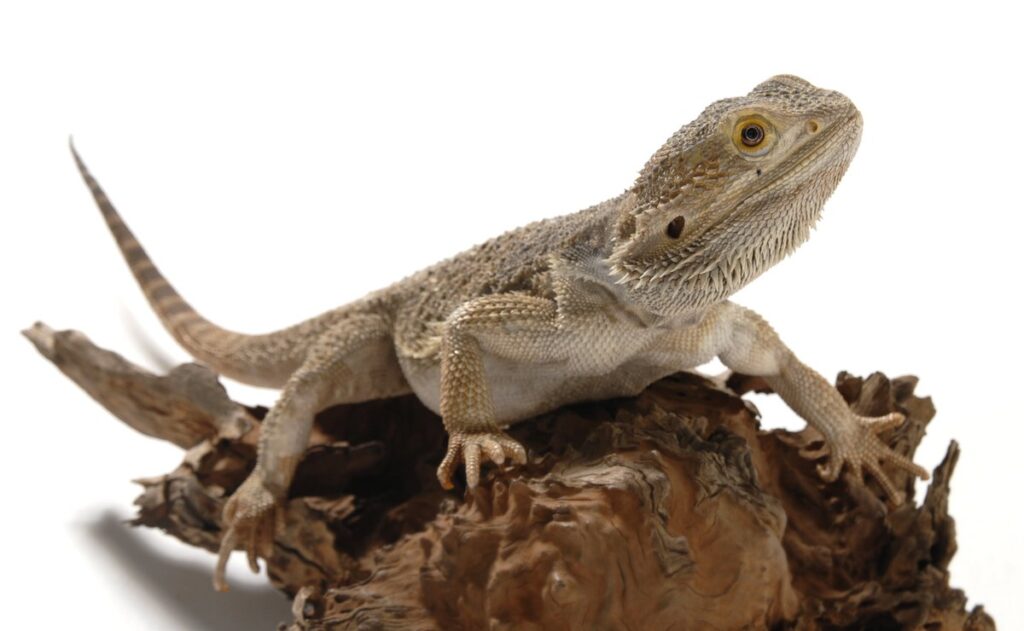
Posts page
Why Do Cats Vomit When They Hear the Sound of a Comb Sliding?

It’s All Because of Their Sensitive Ears
Studies have shown that cats are particularly sensitive to high-frequency sounds.
Noises like comb teeth being flicked, tape being torn, or a tape measure being pulled fall into this high-frequency range.
When a cat’s brain receives these sounds, it stimulates their neurons and creates a feeling of excitement — which is essentially a stress response.
Vomiting: A Natural Reflex for Cats
Unlike humans, cats have a more developed vomiting mechanism. This evolved ability helps them survive in the wild by expelling spoiled food or foreign objects.
The vomiting center in cats is located in the medulla oblongata. When it receives strong enough nerve impulses — such as those triggered by high-frequency sounds — it can become overstimulated.
This overstimulation may lead to:
- Nausea
- Vomiting
- Seizures in severe cases
In medical terms, this condition is known as Feline Audiogenic Reflex Seizures (FARS).
Not All Cats React the Same Way
Every cat has a different sensory threshold. Based on their tolerance level, they may respond in the following ways:
High-threshold cats
Show no reaction to comb flicking or similar sounds.
Medium-threshold cats
May display mild symptoms of stress such as:
- Tongue flicking
- Dilated pupils
- “Airplane ears”
Low-threshold cats
May show severe reactions like:
- Vomiting
- Myoclonic jerks (sudden muscle spasms)
- Loss of bladder or bowel control
What Should Pet Parents Do?
Please keep a close eye on your cat’s reactions.
If your cat shows strange behavior or signs of seizures in response to certain sounds, it’s best to avoid making those sounds near them.
Be Kind: Don’t Let Your Laughter Hurt Your Cat
🐾 Dear pet parents, please don’t build your joy on your cat’s discomfort.
Respect their boundaries, and give them a calm, safe environment to thrive. 🐾
Have you noticed strange reactions from your cat to certain sounds? Share your experience in the comments below.















